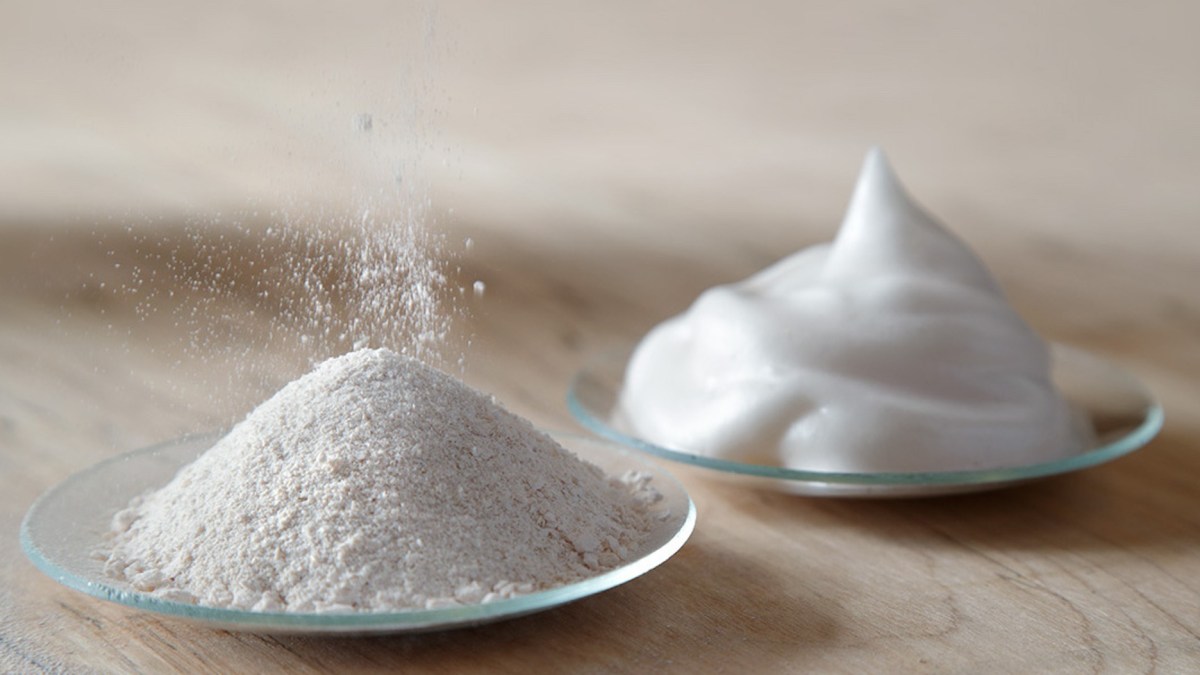Animal-free egg protein startup Onego Bio is one step closer to cracking the traditional egg market | TechCrunch
In 2023, higher egg prices provided an opportunity for alternative protein companies to show they could compete with traditional egg manufacturers.
A year later, prices have calmed down, but the flurry of activity in creating more sustainable egg products continues to thrive. One place seeing a flurry of activity is Onego Bio, a Finland-based food-biotech company, which uses the fungus Trichoderma reesei and precision fermentation to create an animal-free egg white alternative called Bioalbumen.
Maija Itkonen, co-founder and CEO of Onego Bio (pronounced on-eh-go), spun off the company with precision fermentation expert Christopher Landowski from VTT (Technical Research Center of Finland) in 2022.

Onego Bio co-founders Maija Itkonen and Christopher Landowski. Image Credits: Onego Bio
Itkonen told TechCrunch that the company’s patented fungal fermentation technology process enables it to produce 120 grams per liter in 250,000-liter fermentation vessels. At this capacity, Onego Bio is close to reaching competitive price points to traditional ways of making egg proteins, she added.
Onego Bio claims Bioalbumen is “bioidentical” to ovalbumin, which is the major protein in chicken egg white. It also contains all essential amino acids and is high-protein: 90 grams per 100 grams of egg white. In addition, the company can produce it with a 90% smaller environmental footprint compared to eggs from chickens.
The company engineers Bioalbumen to have a clean, neutral flavor that can be used to replace eggs in a variety of foods, baked goods, snacks and sauces. The company plans to sell Bioalbumen to companies that would then create the food products.
“What we do is different from, for example, the systems other companies are working on,” Itkonen said. “The microorganism grows a little bit slower, but the productivity is much, much higher. So it generates a bigger yield, and the product is simple in that it doesn’t require specialized equipment. It all comes back to cost because in order to really compete with animal products, it needs to be at the same price.”
The company will launch first in North America. Itkonen expects Onego Bio to receive self-affirmed GRAS (Generally Recognized as Safe) status for Bioalbumen this year and a no objections letter from the U.S. Food and Drug Administration in 2025. It will then follow that up with expansion in Europe, South America and Asia.
In preparation for this, Onego Bio recently secured $40 million in Series A funding to get Bioalbumen to market and increase manufacturing capabilities. Funds will go to grow the U.S. commercial team and will partner with co-manufacturers while finalizing its own factory. The company is nearing a single Onego full-scale manufacturing unit that boasts a 2 million-liter fermentation capacity, which would effectively replace an egg farm with 6 million laying hens, Itkonen said.
Japanese-Nordic venture capital firm NordicNinja led the investment with participation from equity investors Tesi and EIT Food, existing investors Agronomics, Maki.vc, Holdix and Turret and a group of strategic partners.
The round also includes a $10 million non-dilutive funding from Business Finland, a public organization under the Finnish Government that supports innovation to accelerate systemic change to help solve major global challenges. Itkonen touts that Onego Bio’s Series A funding is “one of the largest A-rounds in the Nordics,” and brings the company’s total funding to $56 million.
Tomosaku Sohara, managing partner of Nordic Ninja said in a statement: “Onego Bio is taking all the right steps to commercialize in record time … with a clear path to industrialization, go-to-market and profitability. In less than two years, Onego is already working with major global food companies and is staged to disrupt the $330 billion egg market and create system level change, accelerating the green transition.”




